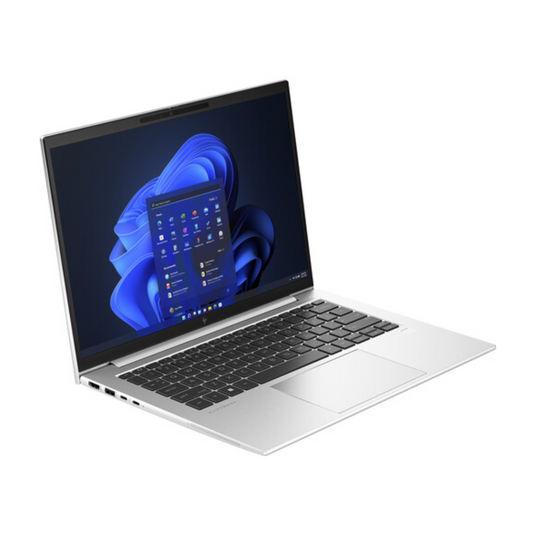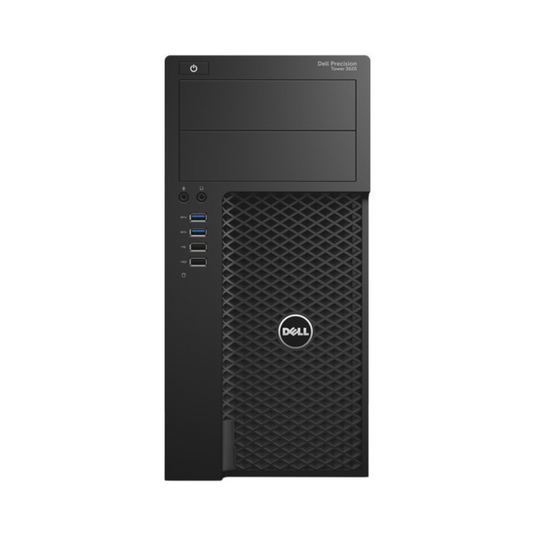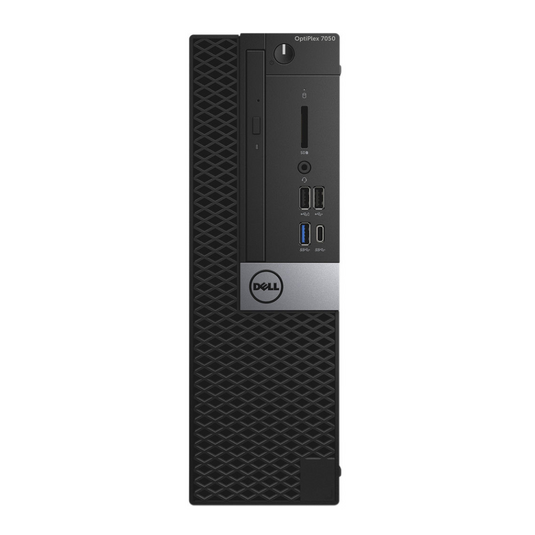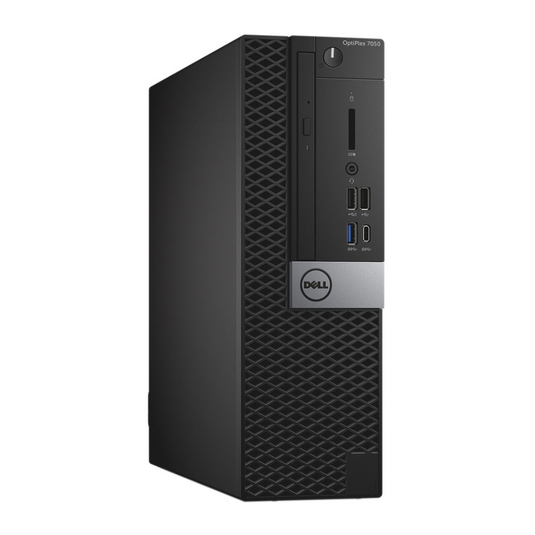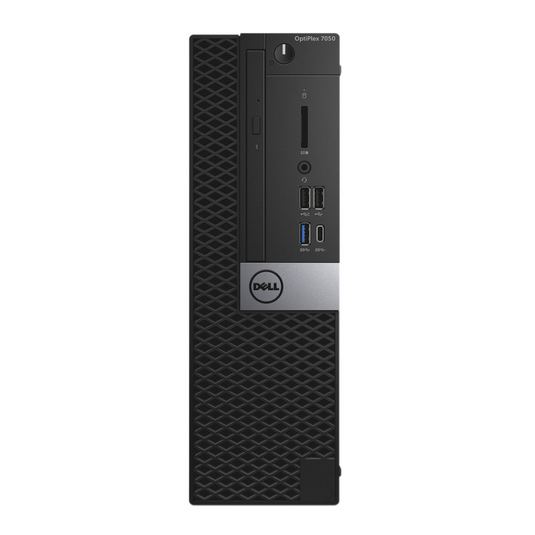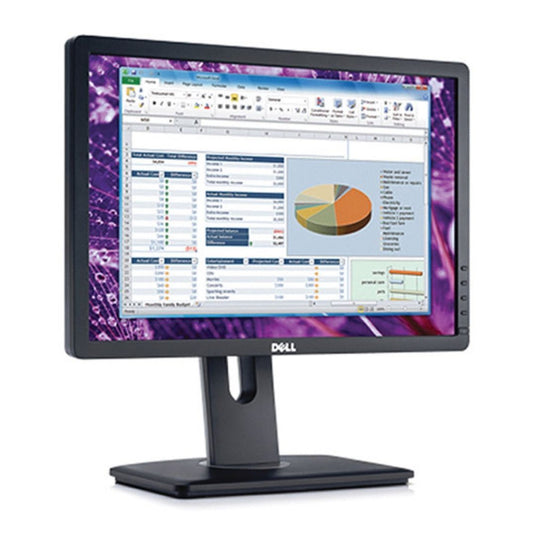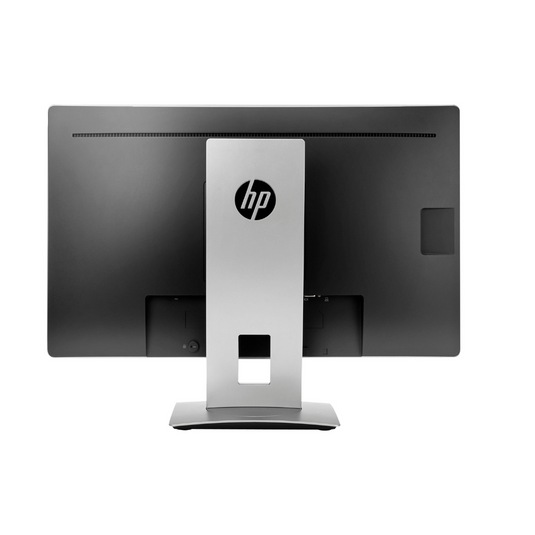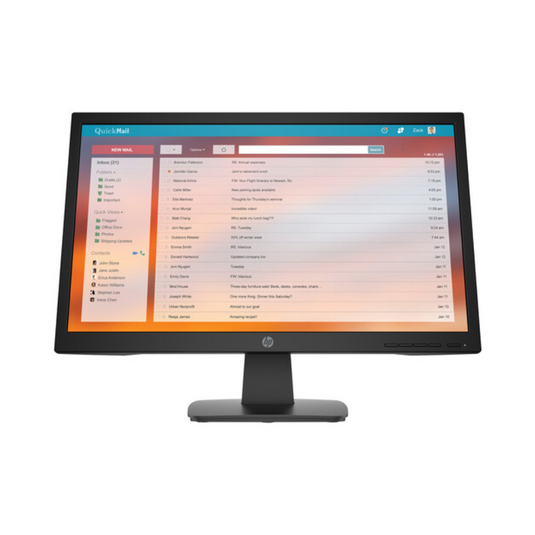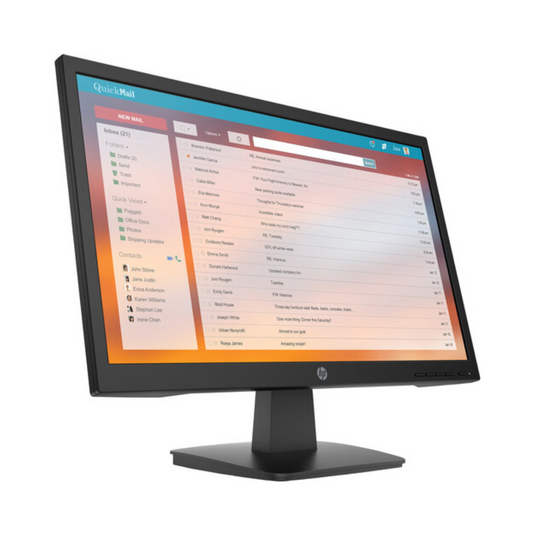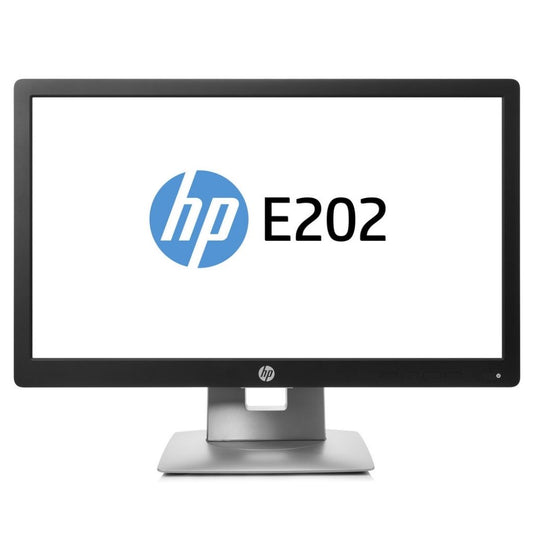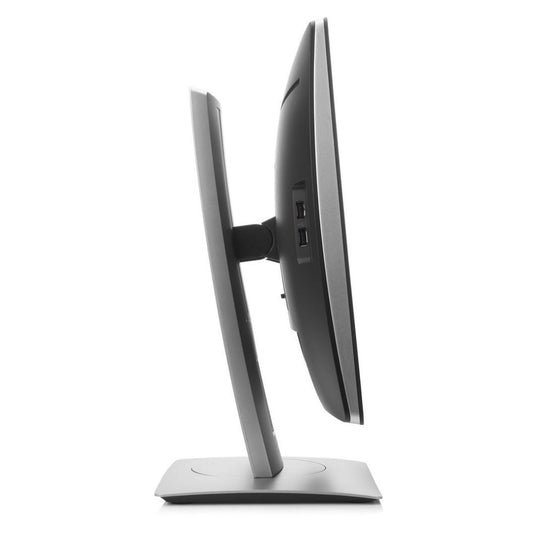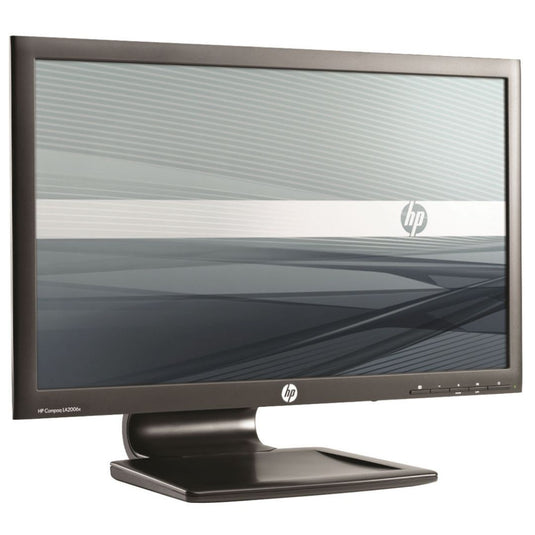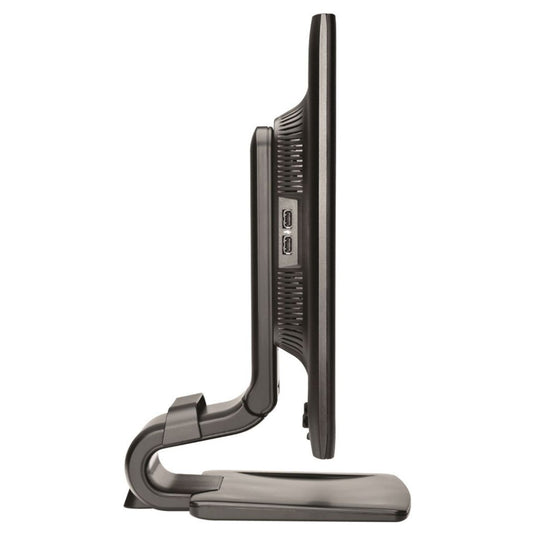
We use electronics throughout our daily lives, with organizations and individuals depending on them to work, stay in touch with friends, and relax during downtime.
However, technology has a significant environmental impact that shouldn’t be ignored. Any devices that end up in a landfill can contaminate water and soil, negatively impacting humans and wildlife.
Additionally, manufacturing new electronics has several environmental effects, from mining raw materials to producing the final device, ready for end users. Refurbished electronics help minimize the amount of e-waste and maximize the life cycle of every device before it needs to be recycled.
Anyone looking for individual or bulk refurbished computers won’t just make a sound financial decision; they’ll also help minimize the negative impact of technology on the environment. So, let’s explore the core problem with e-waste and how prioritizing sustainable technology solves this problem.
What is the Environmental Impact of Electronic Waste?
Electronic waste, typically referred to as e-waste, is any electronic device that needs to be disposed of. Improper e-waste disposal is a serious concern for the global environment with far-reaching consequences.
E-waste contains hazardous substances, including lead, mercury, and cadmium, that contaminate water and soil, posing risks to humans and wildlife. When burned along with other trash, the air pollution can create respiratory diseases or waterborne illnesses via rain.
It’s crucial to minimize electronic waste and properly recycle e-waste when it ends its life. On top of the environmental issues e-waste poses, its production has already created a notable carbon footprint. Refurbished computers go far in minimizing the amount of overall e-waste and its accumulative effects.
Extending the lifespan of devices before they need to be recycled can go far in minimizing this impact. Electronic waste reduction is crucial for building a sustainable future and reframing how we use and reuse devices.
How Refurbished Electronics Minimize the Negative Effects of E-Waste
Refurbishers help keep devices out of landfills by giving them a new life, and when necessary, they know how to properly dispose of e-waste, typically through relationships with recyclers.
There are several reasons to prioritize buying from refurbishers to help reduce adverse effects and your carbon footprint, and we’ll explore some of these key reasons below.
Energy Efficiency
The process of manufacturing new electronics is an energy-intensive process, as everything from mining the raw materials to being shipped to the consumer or store affects its energy impact.
Even if we focus only on manufacturing the individual device, the power consumption of the manufacturing process is immense. Comparatively, refurbishing uses significantly less energy by repairing and reusing the majority of a device’s parts. Replacement parts certainly require energy to produce, but much less than an entire device. Energy-efficient technology can also be used throughout the refurbishment process.
The result maximizes the utility of the energy required to manufacture the given device originally and removes the need to buy a factory-new device. Refurbished monitors, desktops, and laptops go far in reducing the total energy consumption of technology usage.
Resource Conservation
Manufacturing new electronic devices consumes a variety of resources in the process. Refurbished electronics reduce the need for new devices and conserve resources in a few ways, including:
- Preserve rare elements: Electronics contain a variety of precious and rare elements, such as palladium, silver, and gold. Refurbishing prevents these materials from being thrown out, even if the refurbishers still need to replace components. Correctly recycling e-waste also allows for these elements to be reclaimed.
- Reduce mining dependency: Giving previously owned electronics a new life with another owner prevents buying new computers, which in turn reduces dependence on mining. Newly mined materials can be used in more impactful ways than manufacturing new computers or laptops.
- Minimize chemical use: Manufacturing new electronics involves a variety of chemicals, some of which are harmful to the environment. Refurbishing existing devices and minimizing the demand for factor-new models also cuts down the usage of these chemicals.
Conserving these resources by reducing demand for them has a direct benefit for the environment.
Supporting a Circular Economy
A circular economy emphasizes reusing, repairing, and recycling materials or products with the overall goal of minimizing waste. Products are refurbished and repaired to extend their lifecycle as long as possible and then recycled.
Refurbishing computer towers and other devices contributes to a circular economy by repairing devices rather than sending them to landfill or even recycling them. Keeping products useful for as long as possible decreases the demand for new raw materials, waste generation, and reduces the environmental impact of electronics overall.
Circular economies are a far-reaching goal for all types of products and materials. With electronics, embracing refurbishing helps build a more sustainable and responsible approach to using technology.
Extension Product Life Cycles
Refurbished laptop computers may have otherwise ended up in a landfill. Refurbishers directly extend the life cycle of computers, laptops, and other devices by returning them to like-new condition.
The refurbishment process involves thorough inspection, testing, and repairs of pre-owned devices. Any defective components can be repaired or replaced while the rest of the machine can find a new home with a new end user.
Thanks to this process, a refurbished desktop PC, laptop, or mobile device can be returned to its original functionality and continue being useful to new owners rather than ending up in a landfill or recycled. Even though recycling helps minimize the environmental impact, maximizing the life cycle of every device before it’s recycled goes far in creating a culture of green computing.
Recycling and Reuse of Materials
Refurbishing aims to return pre-owned devices to a usable condition. However, there are other ways refurbishing companies contribute to minimizing the negative impact of technology usage on the environment, including:
- Salvage working components: Refurbishers don’t always know the condition of the pre-owned units they receive. If a device can’t be refurbished, removing any individual components that still work allows them to reuse them in another device. This practice minimizes what needs to be recycled and extends the utility of these components, alongside reducing demand for the raw materials necessary to manufacture new components.
- Recycle materials: Sometimes, a device or component has run its course, but that doesn’t mean it should be sent to a landfill. Refurbishers typically have ongoing relationships with e-waste recycling companies who make sure every possible material is reclaimed and properly recycled. For example, commonly recycled tech materials such as gold, copper, and palladium are common in electronics and can be recycled to avoid needing to mine new raw materials.
- Reduce the total amount of waste: If an end-user throws a laptop away, all of it goes to waste and negatively impacts the environment. Alternatively, reclaiming any functional components and properly recycling materials cuts down on the total waste from technology usage. Keeping electronics, including components and materials, out of landfills goes far in creating responsible technology usage.
Economic and Social Benefits
Choosing a refurbished desktop over a factor-new model supports the refurbished market. Making an individual or bulk purchase from a refurbisher provides economic and social benefits that have far-reaching effects.
From an economic perspective, refurbished devices are more affordable without sacrificing quality, which makes them more accessible to those on tight budgets. Bridging the gap between high-quality electronics and affordability goes far from enabling better education, communication, and work opportunities.
Socially, schools and non-profit organizations are able to maximize their budget thanks to the availability of a refurbished PC instead of needing to buy a brand new model whenever a machine needs to be replaced.
When combined with minimizing the environmental impact, opting for refurbished devices whenever possible helps the refurbishment market thrive and continues providing economic and social benefits.
Reducing Carbon Footprint with Technology
Individuals and organizations need to consider the carbon footprint of the technology they use, what they do with devices after they replace them, and how their purchase decisions impact their carbon footprints.
Refurbished laptops, desktops, and other electronic devices help reduce the carbon footprint associated with the lifecycle of these devices. Manufacturing new devices is energy-intensive, consumes raw materials, and involves transportation emissions throughout the supply chain.
When refurbished, the entire process of manufacturing new devices is sidestepped, instead giving devices a new life with repairs or some replacement parts. A refurbished computer has a much lower carbon footprint than a factory-new equivalent.
Prioritizing refurbished devices at the individual and organizational levels contributes to a culture of sustainable technology. You’ll reduce your carbon footprint and support the refurbishing market in the process.
Shop Eco-Friendly Refurbished Computers for Sale Today
Refurbished computers are an environmentally conscious way to protect the environment, support sustainable technology, and get the most machine for your money.
Opting for reconditioned laptops and desktops is also a cost-effective technology solution for individuals and businesses to make the most of their budget.
Ready to find your next device? Shop eco-friendly with System Liquidation for eco-friendly devices to reduce your carbon footprint and support sustainable technology.













